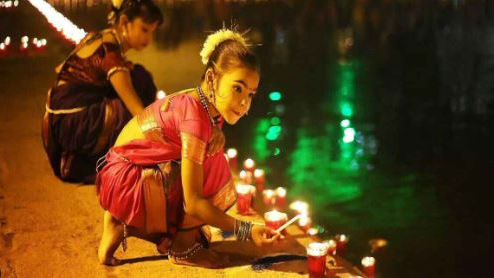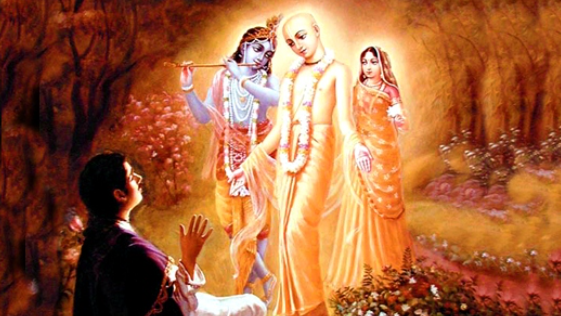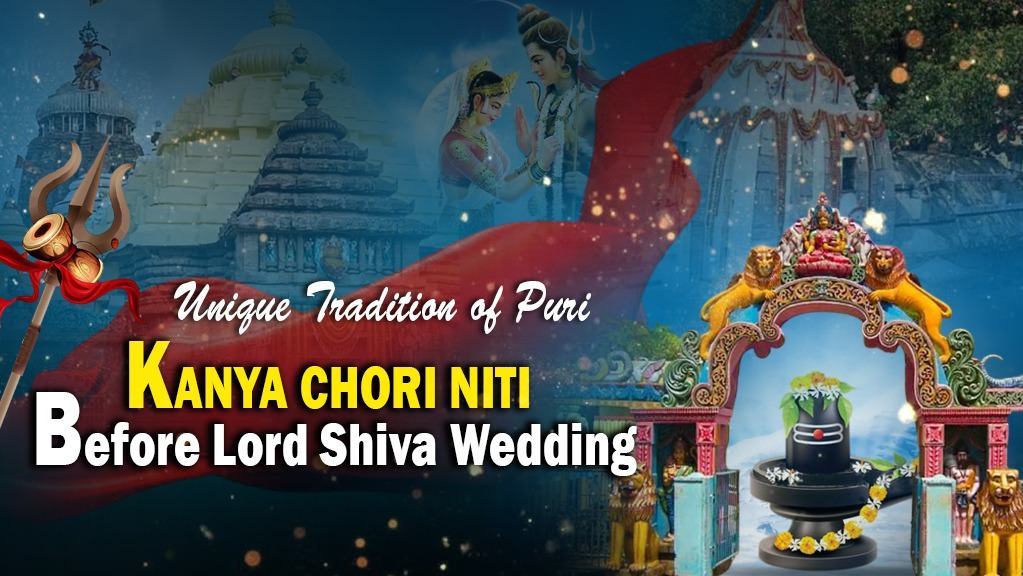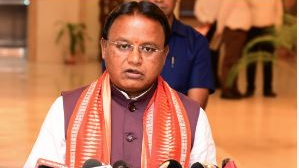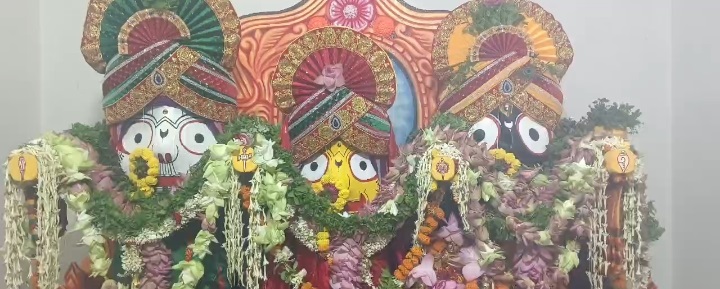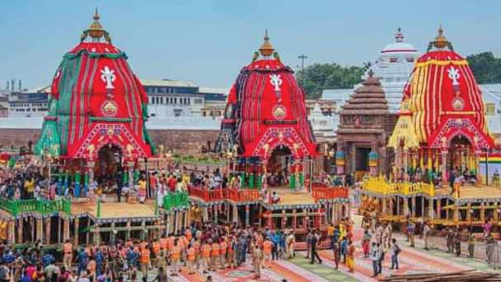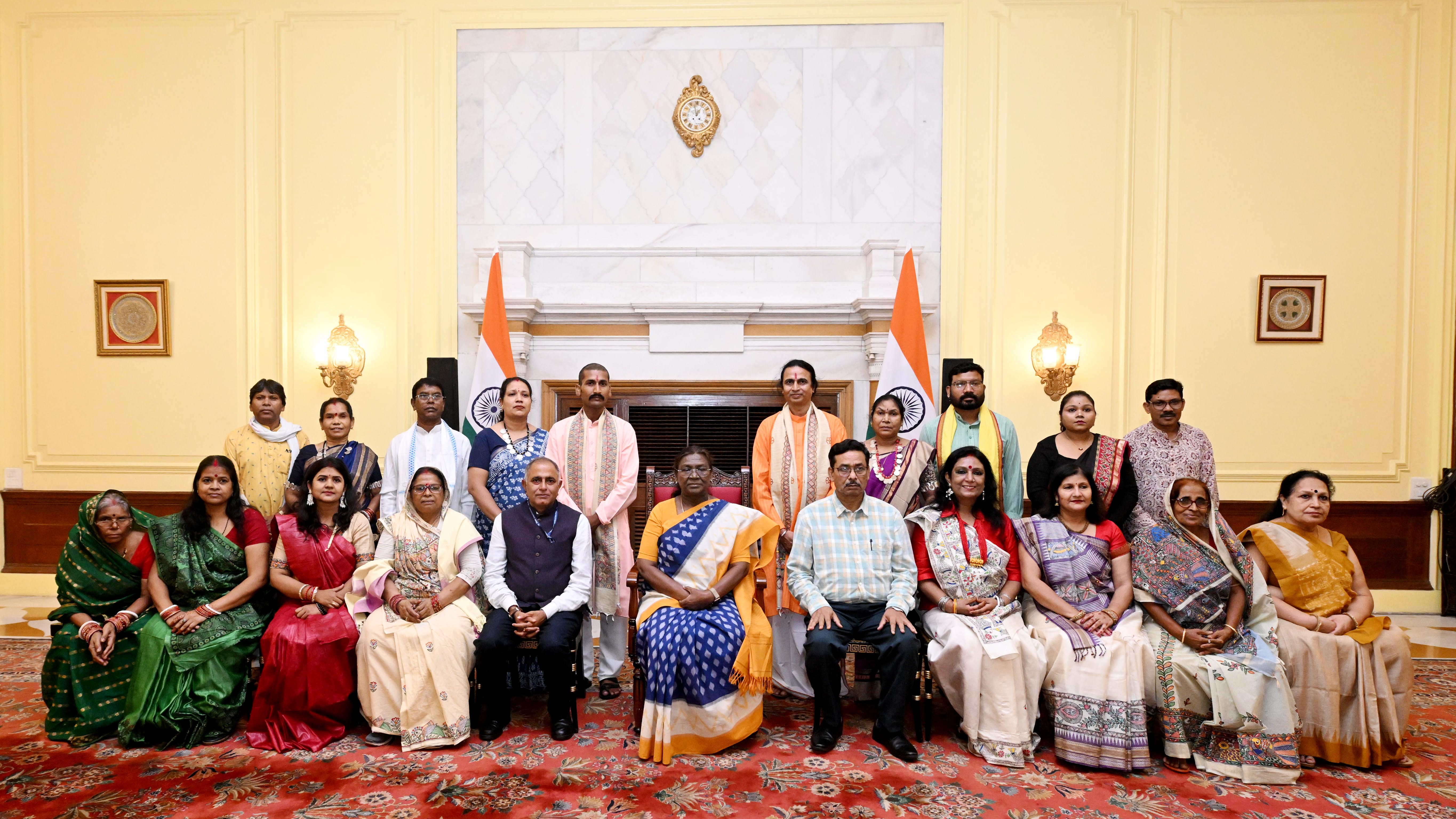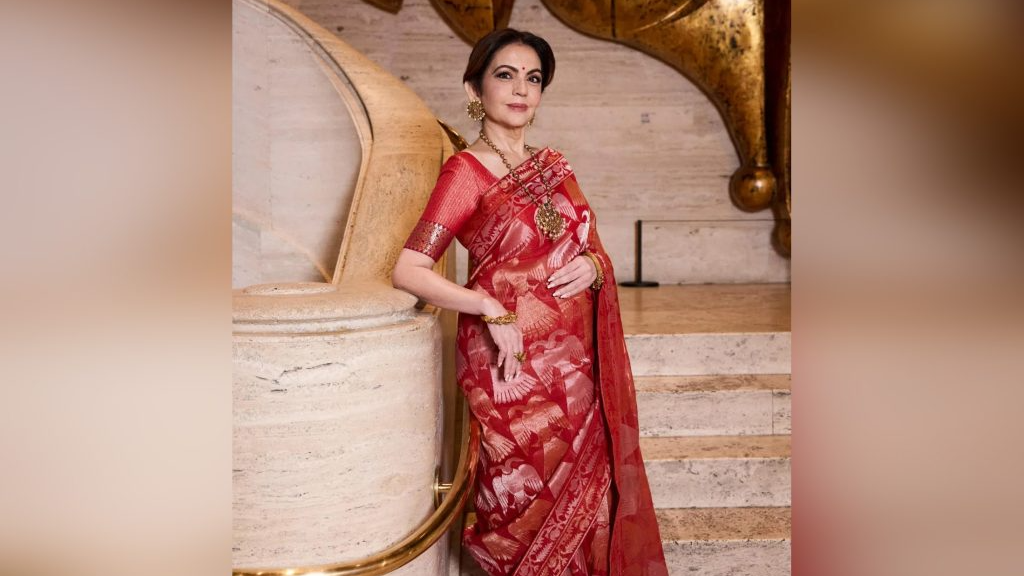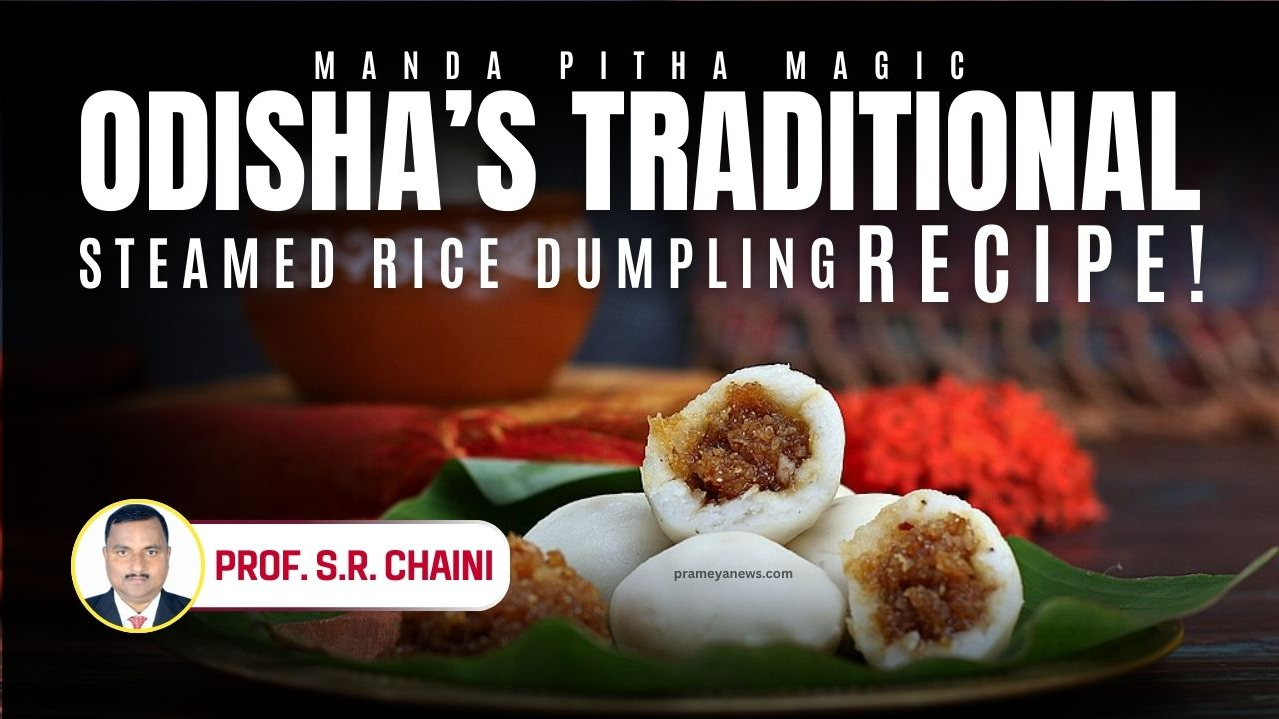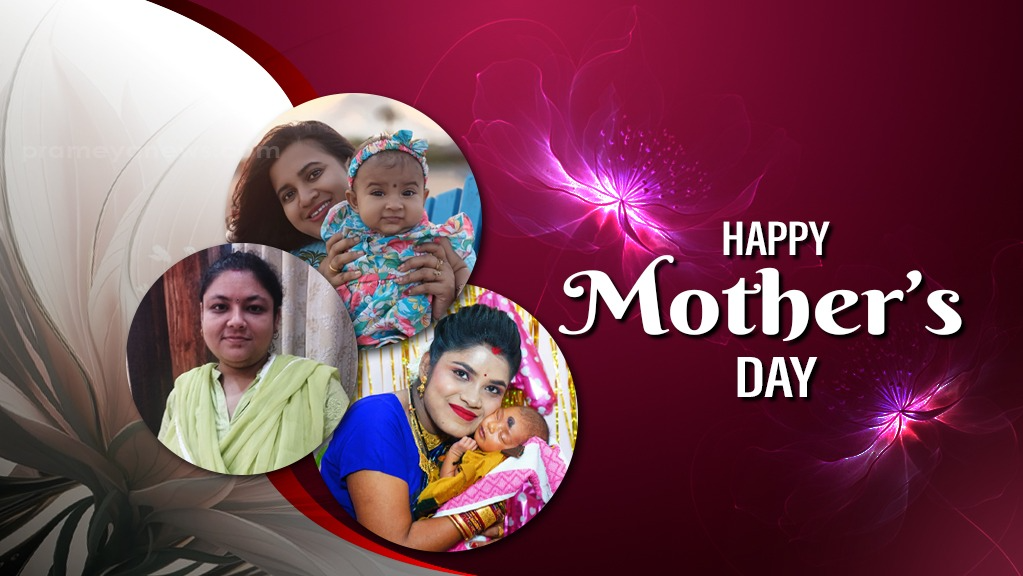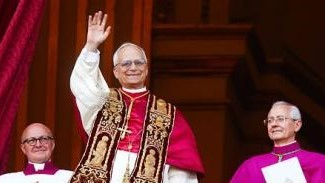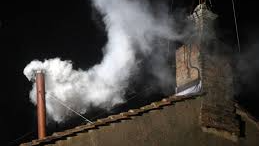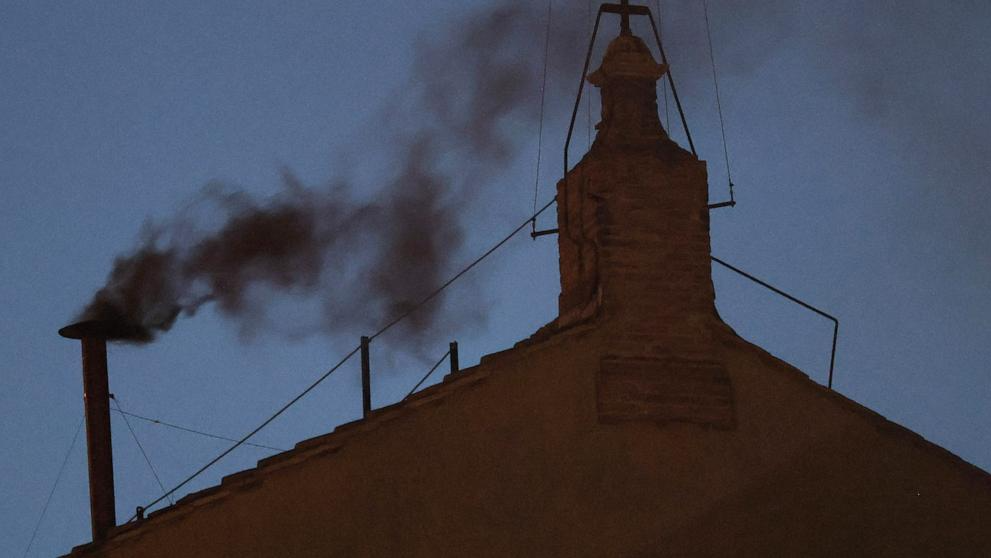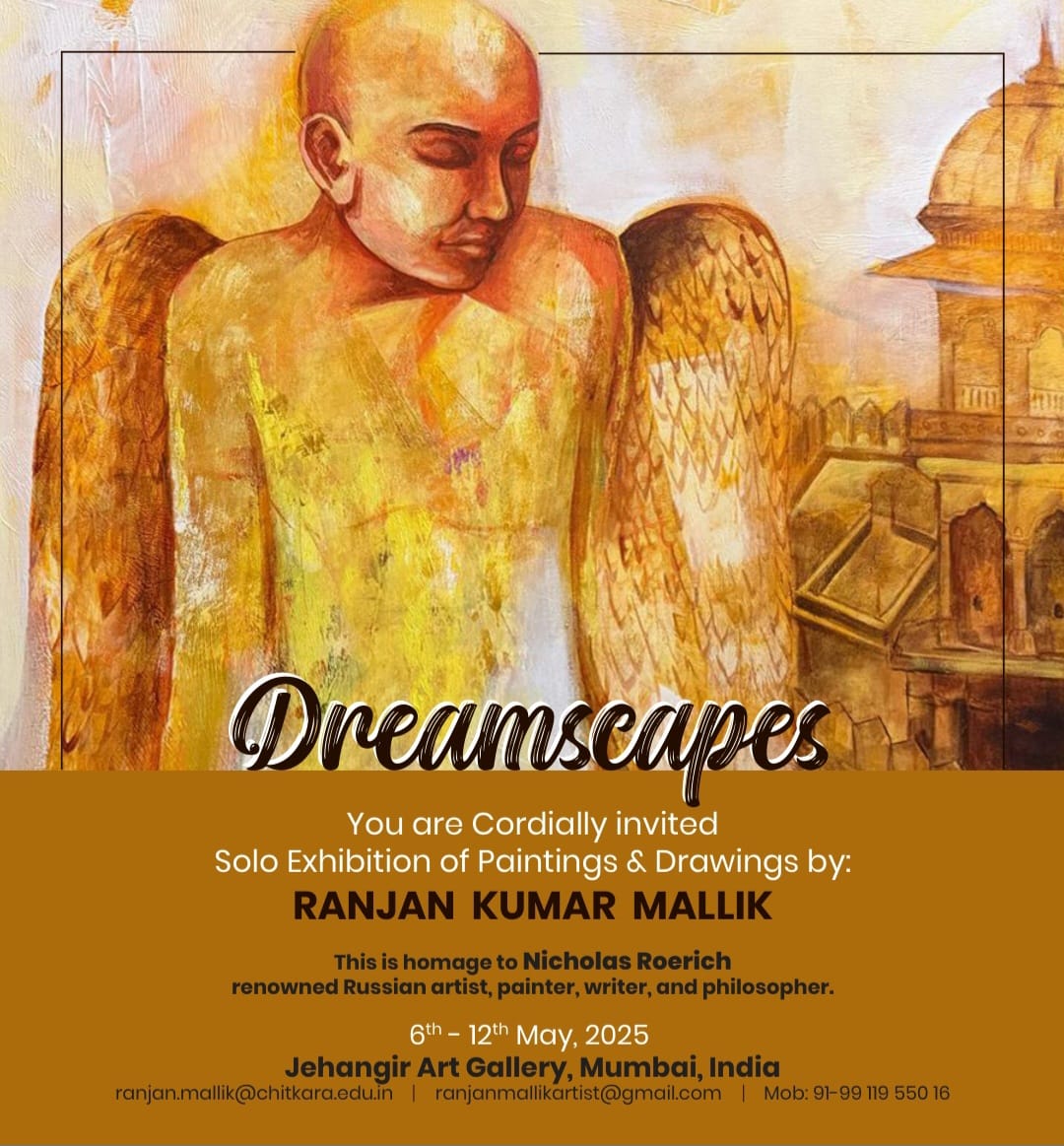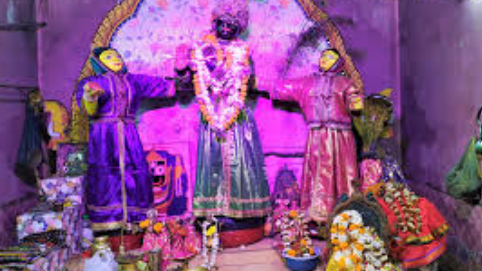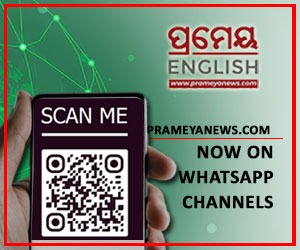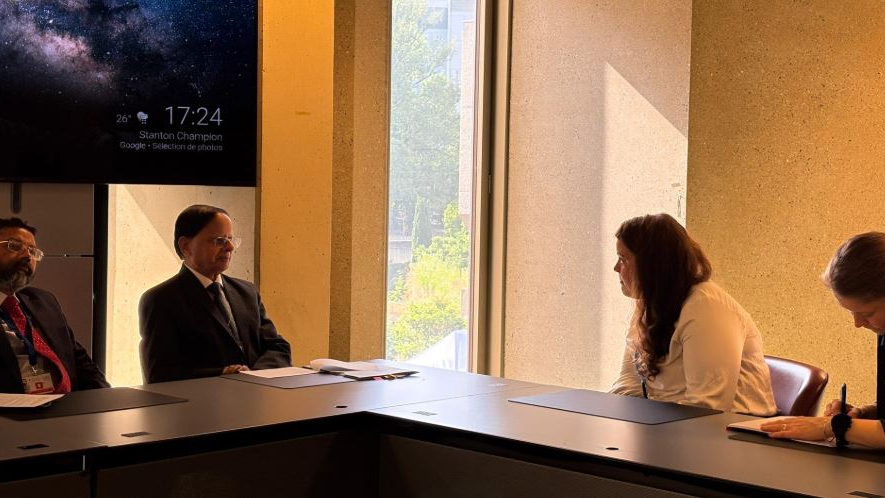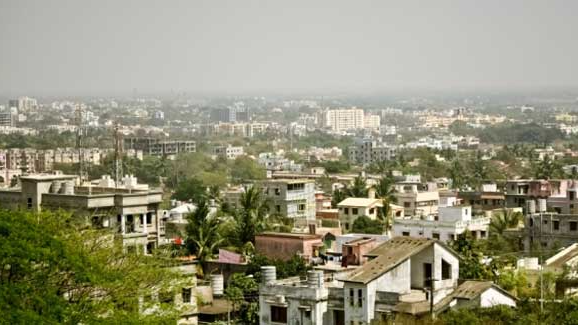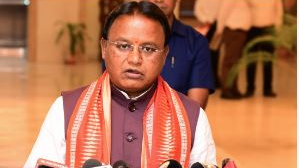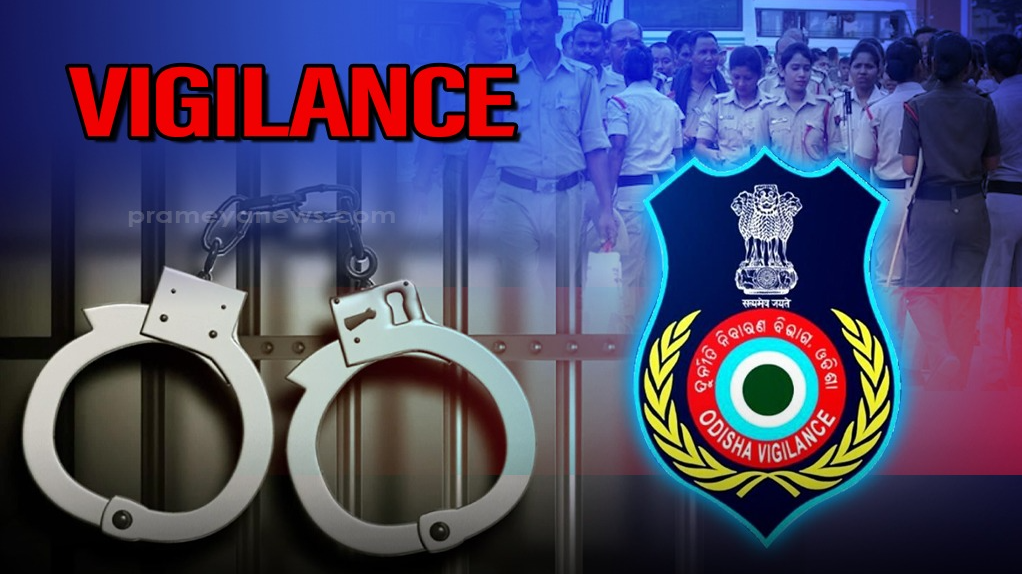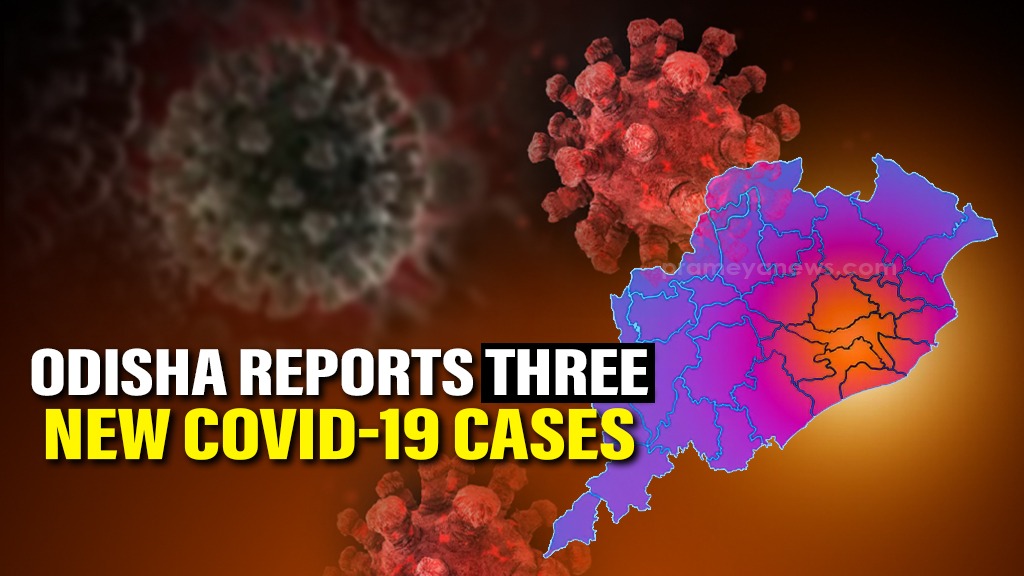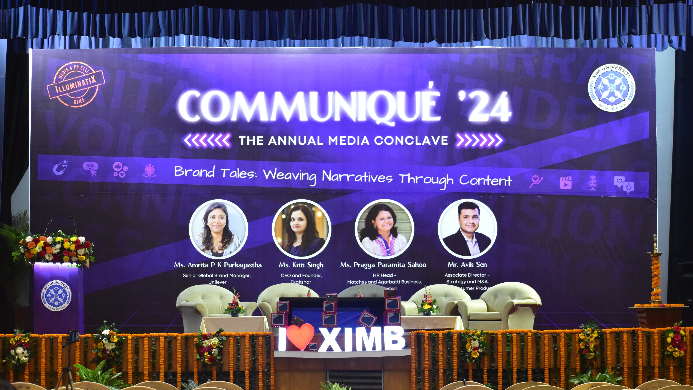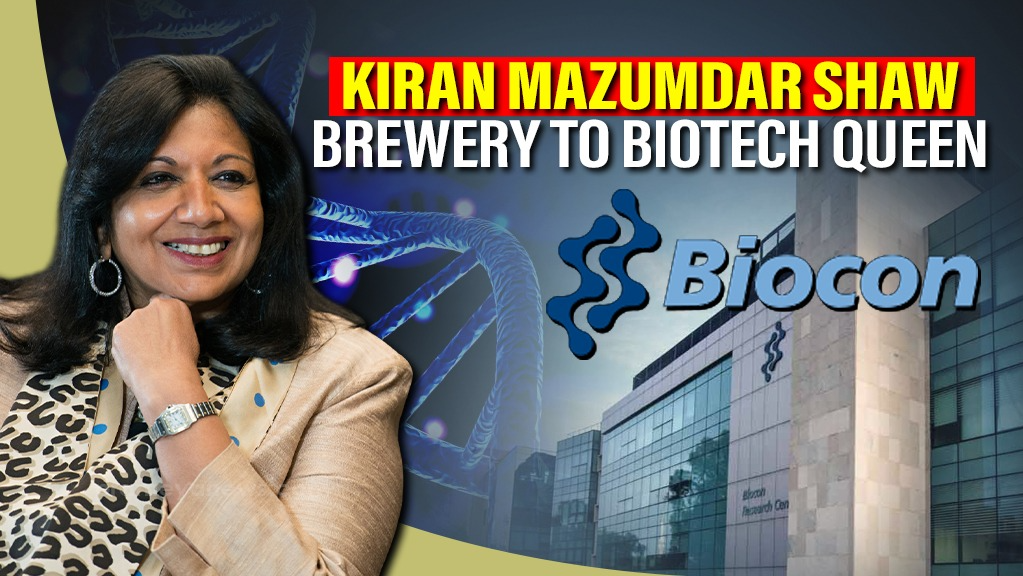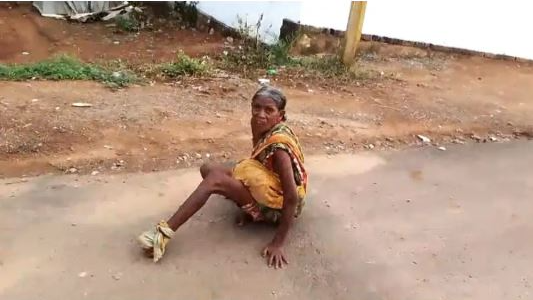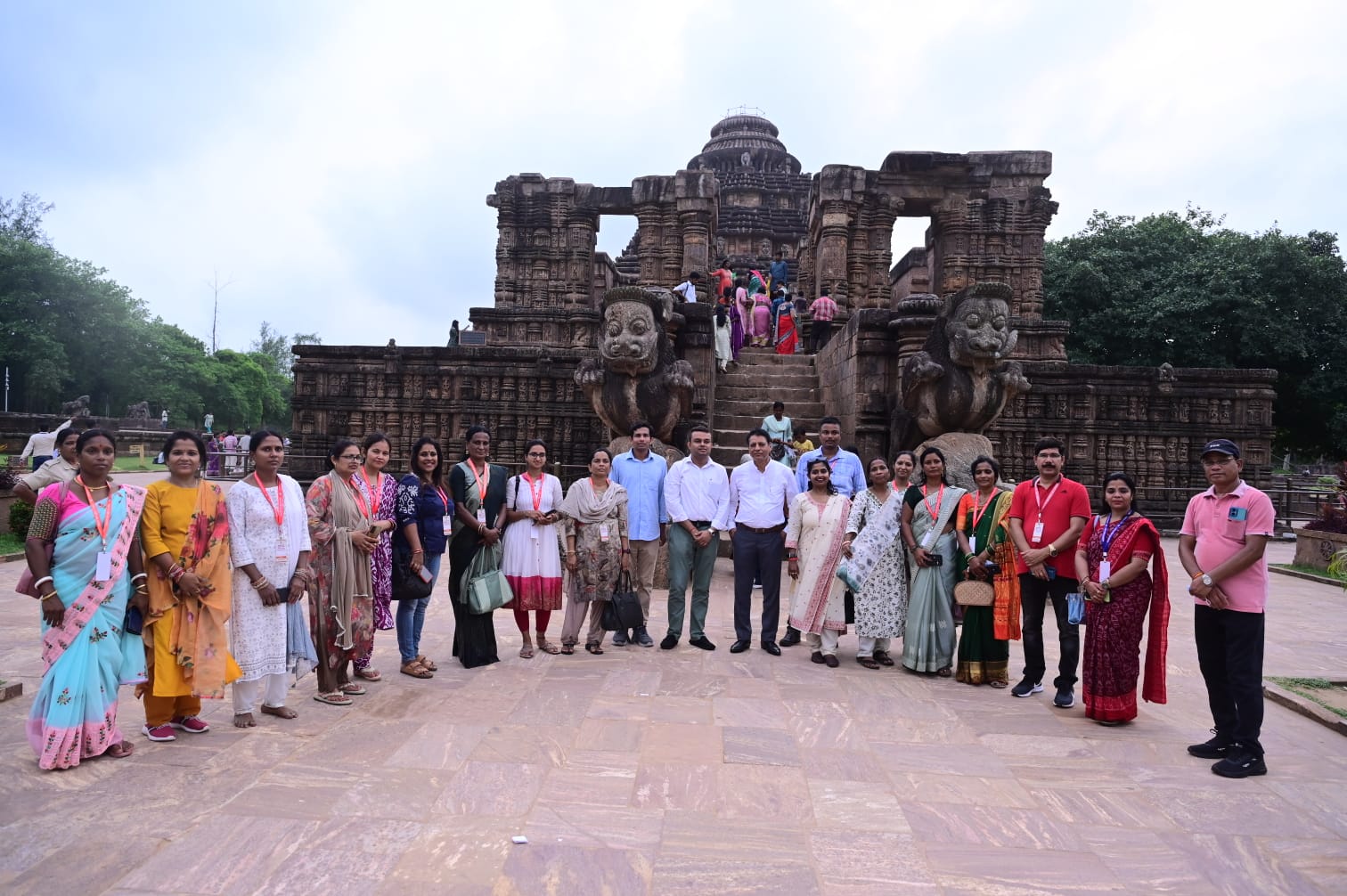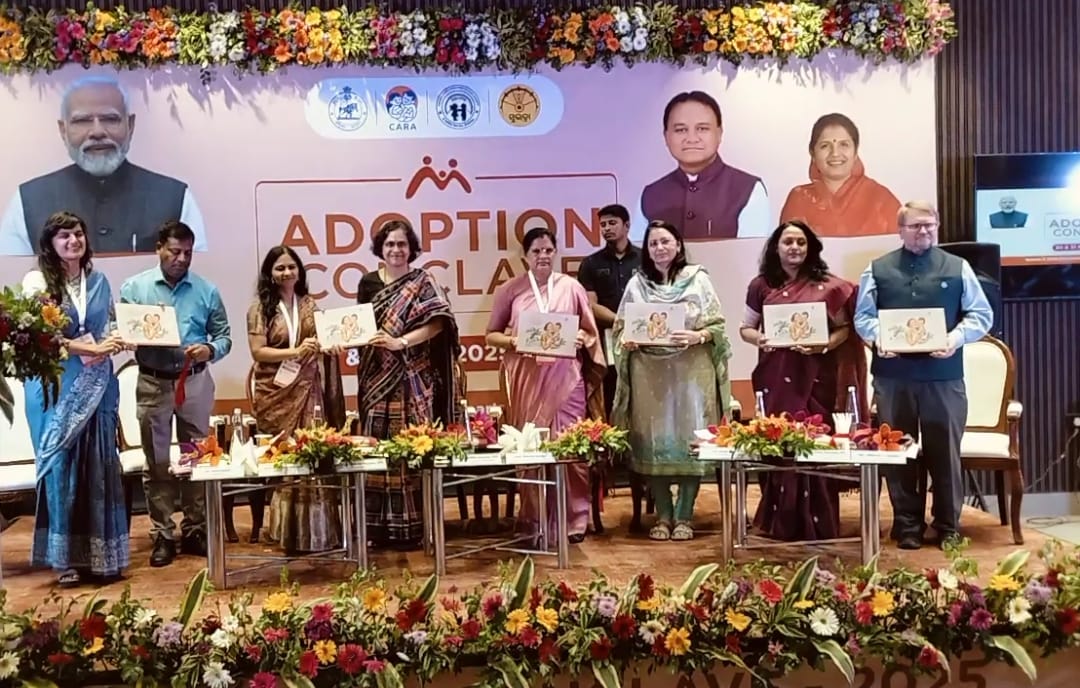Bhubaneswar, Nov 27: The celebration of Kartika Purnima in Odisha also known as Boita Bandana, takes place on the full moon of the Kartika month. During this festival, people from across the state gather at the nearest water bodies to launch small boats made of banana leaves, paper, or thermocol. These boats are adorned with diyas, betel leaves, crackers, fruits, and coins.
Kartika Purnima in Odisha is a vibrant homage to the region's illustrious maritime history, dating back to its time as Kalinga. In this era, traders and mariners, referred to as sadhabas, embarked on boitas (boats) to engage in trade with distant island nations bordering the Bay of Bengal, such as Indonesia, Java, Sumatra, and Bali. As the boats set sail, the people of Odisha chant a popular rhyming phrase, "aa ka ma boi, pana gua thoi, pana gua tora, masaka dharama mora," which is a prayer for the safe journey of the mariners, seeking blessings earned during the Kartika month.
The anticipation for Kartika Purnima is heightened among Odias, as it heralds the arrival of Chhadakhai the next day. Chhadakhai marks the end of a month-long vegetarian diet, and families come together to relish a diverse array of non-vegetarian delicacies, adding a long and celebrated trail of delight to the festive season.
Rituals:
Rituals associated with Kartik Purnima include the sacred Kartik Snan—a ritualistic bath taken at sunrise and moonrise in pilgrimage sites. Devotees express their reverence to Lord Vishnu through offerings of flowers, diyas, and incense, often observing a fast and reciting the Satyanarayan Vrat Katha.
Devotees engage in special rituals to mark the occasion. The day typically begins with an early morning bath, preferably in a holy river, or if not feasible, at home with the addition of Ganga water for auspiciousness. Following the bath, a ghee lamp is lit in the household temple, and Lord Vishnu and Mother Lakshmi are anointed with water. Devotees then offer clothes to the deities. The day’s celebrations also involve reading the story of Kartik Purnima, culminating in the aarti of Lord Vishnu and Goddess Lakshmi.
Significance:
Kartik Purnima holds immense religious and spiritual significance in Hindu mythology. Observing Kartik Snan and worshiping Lord Vishnu on this day is believed to bring abundant fortune. It is considered an auspicious time for performing religious ceremonies, with the conviction that events conducted on Kartik Purnima bring joy and happiness. The festival is deeply rooted in mythology, with legends linking it to the defeat of Tripurasura by Tripurari, an incarnation of Lord Shiva, symbolizing the triumph of good over evil. Additionally, it is associated with Matsya Avatar (the fish-incarnation of Lord Vishnu), the birth date of Vrinda (personification of Tulsi), and the birth of Kartikeya, Lord Shiva’s son. For devotees of Radha and Krishna, Kartik Purnima commemorates the divine dance of the gods.
The festivities extend beyond Purnima day, spanning five days and commencing with Prabodhini Ekadashi. Celebrations vary across regions, with notable events such as the Karthikai Deepam festival in Tamil Nadu and the Karthika Maasalu in Andhra Pradesh and Telangana, featuring the lighting of oil lamps in Lord Shiva temples with 365 wicks on Karthika Puranam, the full moon day.








